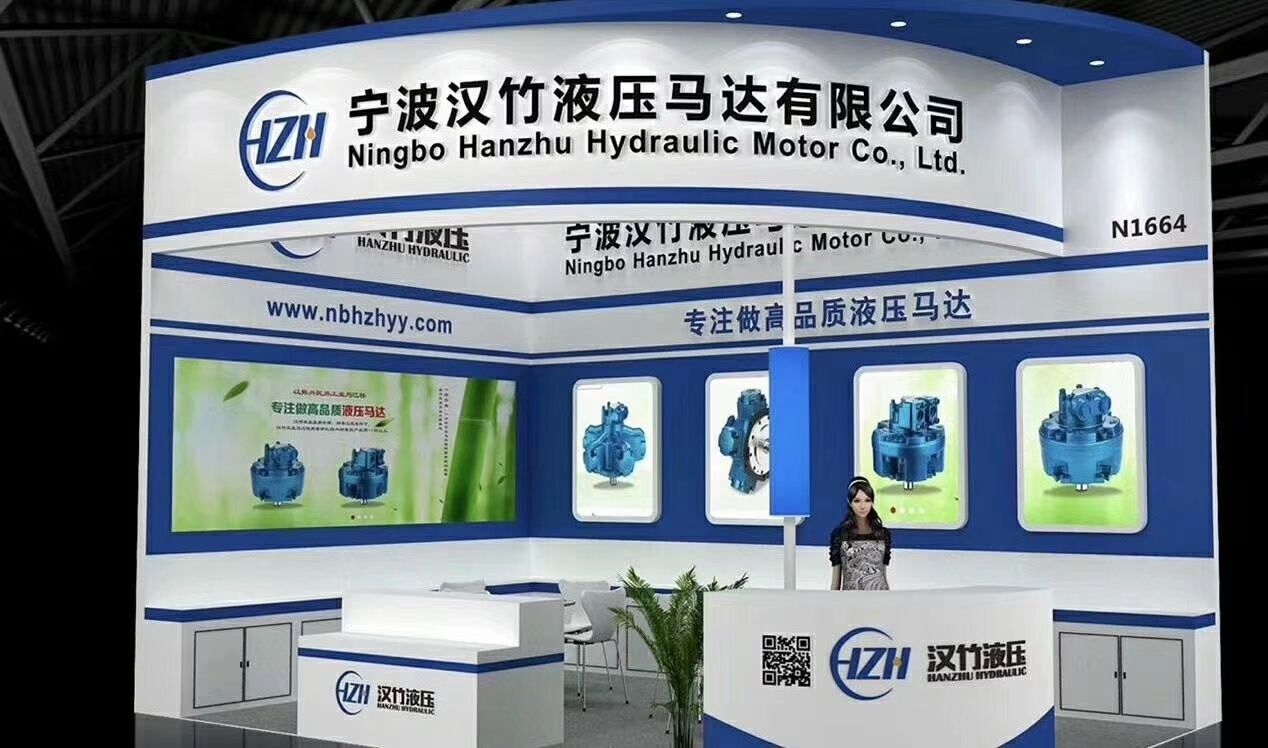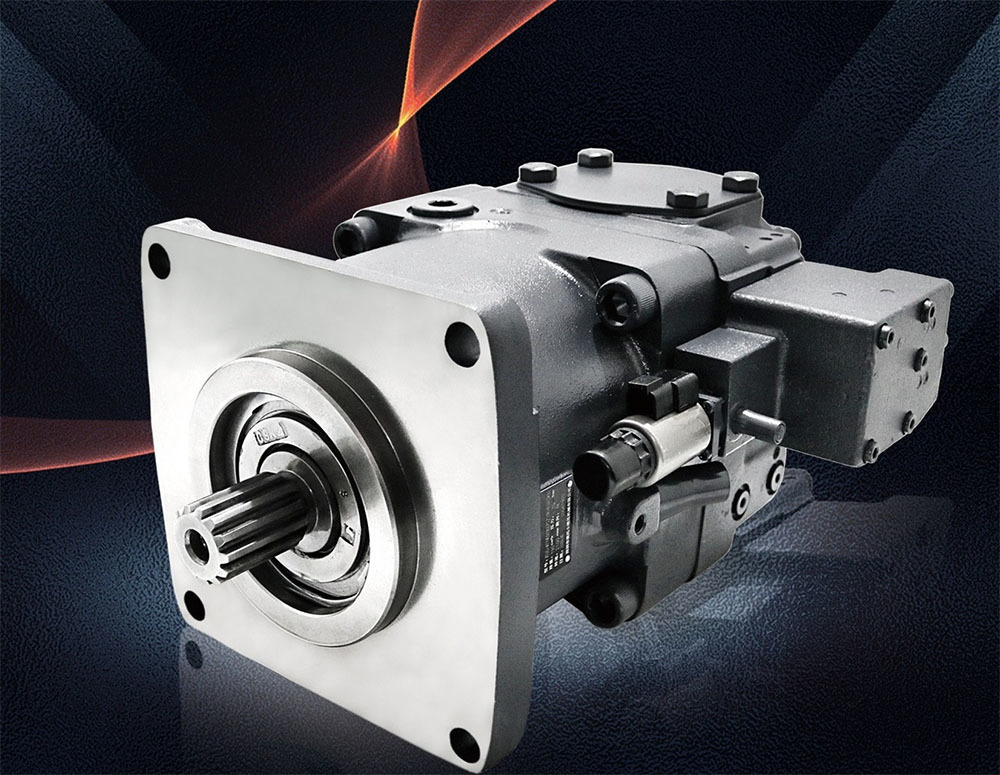What should I do if water gets into the hydraulic system? Hanzhu hydraulic motors offer some suggestions.
After 200 hours of use, the hydraulic oil of the excavator became polluted and deteriorated, appearing as a milky white, viscous substance. Preliminary judgment indicates significant water ingress into the hydraulic system. Therefore, it was decided to clean the entire hydraulic system and replace the hydraulic oil.
1. Perform oil-water separation
Considering the potentially higher cost of further cleaning, it was decided to use oil-water separation to remove water from the system. The specific steps for oil-water separation are as follows:
(1) Prepare several clean oil barrels, two clean rust-free iron barrels, two gas cylinders (filled with gas), two gas stoves, a clean ladle, a thermometer, and several lint-free cloths.
(2) Drain most of the contaminated and deteriorated hydraulic oil from the main pump suction pipe and pour it into two iron barrels for heating (divided into two barrels to shorten the heating time). When the temperature of the deteriorated oil in the barrels reaches 78~82℃, turn off the flame and allow the deteriorated oil to cool slowly. Because the density of oil is lower than that of water, oil and water will automatically separate (oil on top, water on bottom).
When the temperature drops to 68~72℃, gently scoop out the upper 4/5 of the deteriorated oil with a ladle and add it to the system. Then pour out the remaining 1/5 of the oil-water mixture and store it. Finally, wipe the heating barrel dry with a cloth for later use.
(3) Start the excavator and perform compound actions to raise the hydraulic oil temperature to 50℃. Each action must be performed no less than 50 times and last no less than 30 minutes. After completing the compound actions, drain all the oil from the system and pour it into a heating barrel for heating. Continue the compound actions using the methods in steps 2 and 3, and repeat the cycle 5 times or more. Note that new oil should be added to the system during the cycle.
(4) After the last cycle, level the excavator and fully retract the boom, stick, and bucket cylinder to allow the hydraulic oil in the hydraulic cylinders and pipelines to flow back to the tank as much as possible. After turning off the machine, drain the oil from the hydraulic oil tank, hydraulic cylinders, pipelines, travel motors, and attachments.
2. Oil-water separation effect
Connect all pipe joints and add the previously drained hydraulic oil to the factory standard. Start the excavator and wait for the oil temperature to reach 50℃. Let the machine run for 1 hour and observe that the oil is light yellow and clear.
After continuing to use it for 10 hours, observe the oil again. No deterioration was found, and the oil color remains clear, indicating that the oil is basically normal. Subsequent tracking of the machine showed no further oil deterioration. Thus, the oil deterioration problem of this machine has been completely solved, proving the effectiveness of this oil-water separation method under limited conditions.
3. Preventive measures
Based on the actual situation analysis, such a large amount of water ingress can only enter through the filling port of the hydraulic oil tank, which is most likely caused by misoperation. The hydraulic oil tank cap of this machine is a simple screw-on type without protective lock protection. In order to prevent misoperation from happening again, it was decided to add a protective lock to the hydraulic oil tank cap.
More news
03/14
2025
03/14
2025









